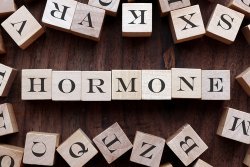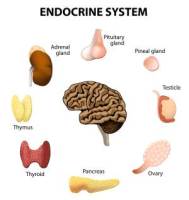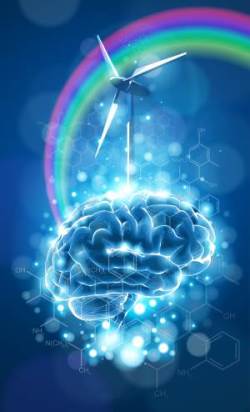Author
Histiory
This theory was proposed in 1968. Аt first, it was named the elevation hypothesis.
Example
 As an individual age, there is a decline in the work of neuroendocrine system. First of all, that leads to the decline in the production of many hormones that are necessary for normal functioning of an organism. Secondly, that affect hormones interractions. Althogether a lot of bodily changes connected with aging arise, e.g. menopause, decrease in muscle mass and increased chance of degenerative disease emergence and severity.
As an individual age, there is a decline in the work of neuroendocrine system. First of all, that leads to the decline in the production of many hormones that are necessary for normal functioning of an organism. Secondly, that affect hormones interractions. Althogether a lot of bodily changes connected with aging arise, e.g. menopause, decrease in muscle mass and increased chance of degenerative disease emergence and severity.
Description of the Theory

This theory supposes that aging is a result of
What is the mechanism of these

|

|
Endocrine glands permanently oversee the internal environmet of an organism and register any abnormalities. If such abnormalities are found, endocrine glands secrete certain hormones into blood, and the state of health comes to normal.  «The main gland» of an organism is the pituitary gland. It produce a lot of hormones which control how other endocrine glands produce hormones. Hypothalamus and pituitary body control many essential functions of an organism, including internal temperature, blood pressure, thirst, hunger, sexual appetites, chemical and water balances, menstrual cycles.
«The main gland» of an organism is the pituitary gland. It produce a lot of hormones which control how other endocrine glands produce hormones. Hypothalamus and pituitary body control many essential functions of an organism, including internal temperature, blood pressure, thirst, hunger, sexual appetites, chemical and water balances, menstrual cycles.
Additions and Сriticism
Nowadays there are no doubts that hormones play very important role in aging process.
Publications
- The neuroendocrine theory of aging and degenerative disease / Vladimir Dilman, Ward Dean. — Pensacola, Fla. : Center for
Bio-Gerontology , 1992. — 138 p. -
Zjacic-Rotkvic , Vanja, Lovro Kavur, and MajaCigrovski-Berkovic . «Hormones and aging." Acta Clinica Croatica 49.4 (2010): 549–554. -
Mikhaĭlovich,
v. A., et al. «[Central hemodynamics and hormonal homeostasis during surgical stress in young patients with different levels of physical preparation]." Anesteziologiia i reanimatologiia 6 (1990): 22–26.